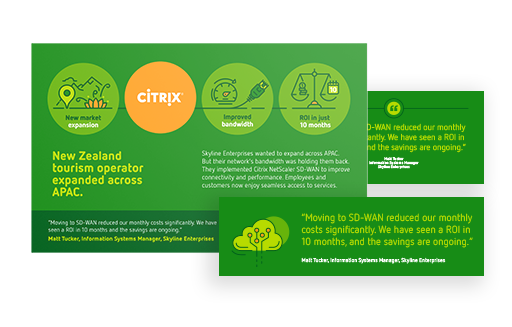.png?width=898&height=505&name=_W4U%20Advohub%20social%20promo%20templates%20(8).png)
Change often ushers in feelings of fear and uncertainty, triggering defensive reactions that can lead to resistance. In the realm of organizational cultural transformation, employees often are afraid of not being capable of accomplishing the new tasks, roles, or behaviors required. To tackle these reactions head-on, training on the requisite skills becomes vital, diminishing the perceived insecurity and fear associated with the demand for change.
While an ideal scenario involves a collaborative alliance between departments, we'll delve into this topic in the next article. For now, let's focus on what we at CMA can do to ensure the entire company embarks on our journey to prioritize the customer.
Designing Effective Training Programs:
1. Understand Customer Needs:Educate employees on the significance of comprehending customer needs and expectations. Supporting this idea are compelling statistics:
-
Over 80% of companies prioritizing customer experience report revenue increases.
-
76% of customers expect companies to understand their needs.
-
Customers willingly spend 17% more for a positive experience.
-
Customer-centric companies are 60% more profitable than those that are not.
-
Poor customer service results in a staggering annual loss of $1.6 trillion.
Incorporate training sessions that focus on building empathy towards customers. This involves helping employees understand the customer's perspective and the impact of their roles on customer satisfaction. Effective communication skills training, including active listening and problem-solving, enhances customer interactions.
3. Customer Journey Mapping:
Introduce the concept of customer journey mapping to illustrate customer touchpoints with the organization. Customize training content to align with specific roles and responsibilities of different departments. Highlight the advantages of adopting a customer-centric culture, with examples across key departments:

4. Continuous Learning:
Implement an ongoing learning program that includes regular updates on industry trends, customer expectations, and best practices to encourage a culture of continuous improvement.
5. Interactive Workshops and Simulations:
Conduct workshops and simulations, allowing employees to practice customer-centric behaviors in a controlled environment and solidify the concepts learned in training.
"Let's Play" - The Power of Gamification:
Gamification, incorporating game elements into non-game contexts, emerges as a powerful training tool for cultural transformation. Quizzes and trivia, cards, challenges, missions, treasure hunts- there are many options to add fun to your training. This approach facilitates:
- Increased Engagement: Capture attention through challenges, competitions, and rewards, leading to higher levels of engagement
- Motivation and Incentives: Provide tangible incentives for active participation, motivating individuals to achieve goals associated with cultural transformation.
- Behavior Reinforcement: Use game mechanics, such as earning points or badges, to reinforce positive behaviors aligned with cultural transformation.
- Faster Learning and Retention: Facilitate speedier learning and better retention of information through interactive and immersive experiences.
- Real-life Application: Allow participants to apply cultural transformation principles in simulated or real-life scenarios within a safe environment.
- Reduced Resistance to Change: Use gamification's interactive and enjoyable nature to minimize resistance to change.
- Social Integration: Foster a sense of community and shared purpose among participants through features like leaderboards and team challenges.
In Conclusion:
Training employees is pivotal for cultivating a customer-centric culture that drives positive customer experiences and contributes to long-term success. This investment in employee development enhances customer satisfaction and fuels innovation. By prioritizing ongoing training, organizations empower their workforce to embrace a culture where customer-centricity is ingrained in every aspect of the business, ensuring a journey towards enduring relationships and business prosperity.







